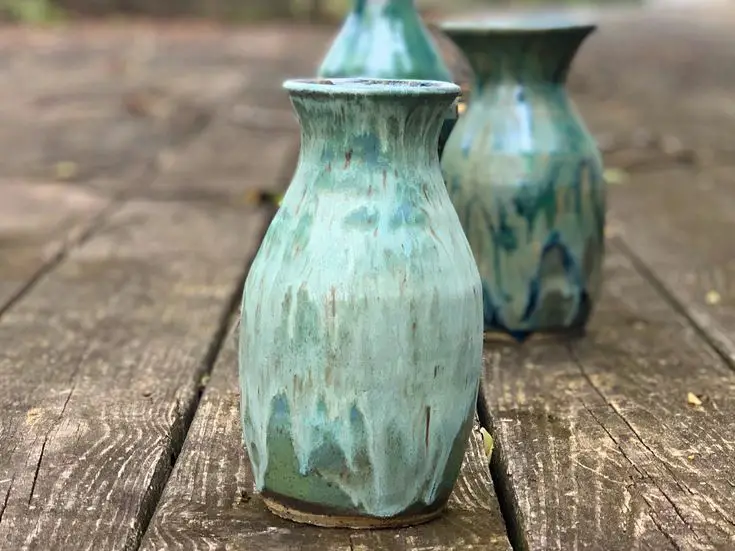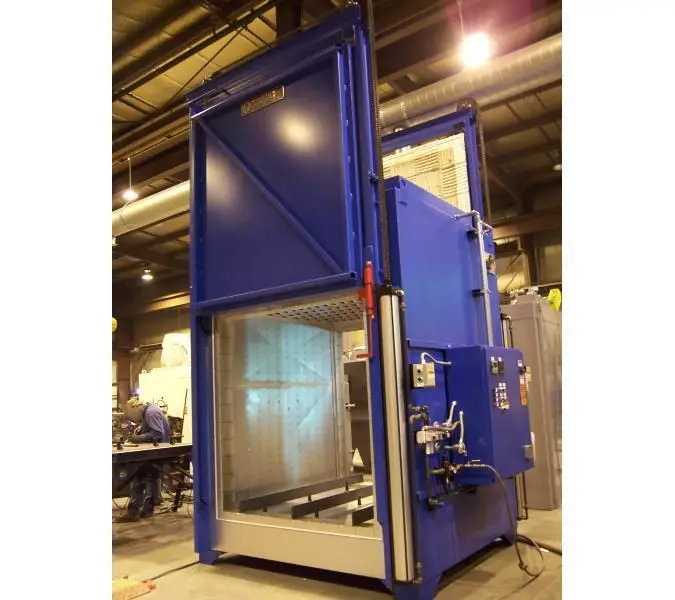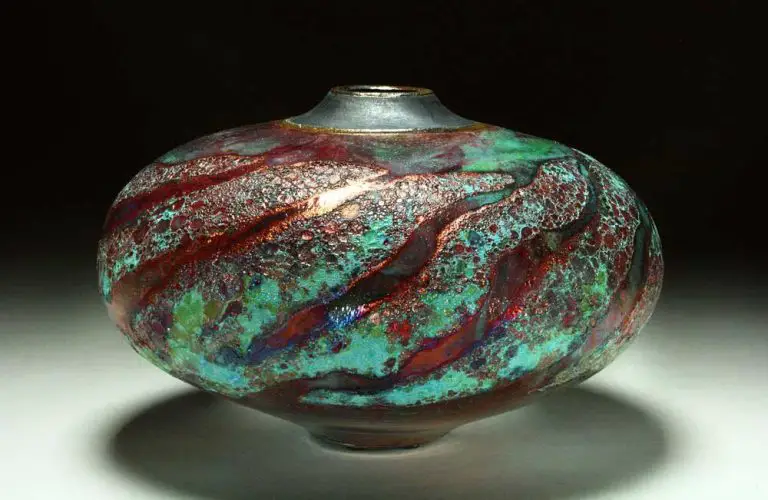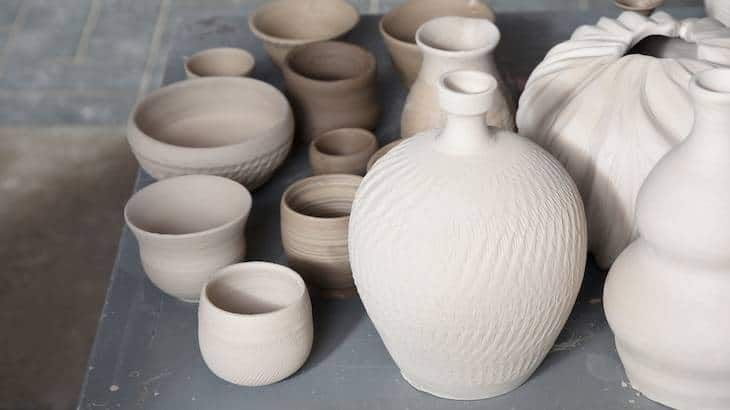What Is The Best Thermometer To Check Oven Temperature?
Introduction
Using the proper oven thermometer is critical for successful baking and cooking. An oven thermometer allows you to accurately check the temperature inside your oven, ensuring it reaches the ideal temperature for baking and cooking different foods. Most ovens have built-in thermostats to regulate heat, but they can be inaccurate over time. An oven thermometer is the best way to verify the actual temperature inside your oven for consistent cooking results. Accurately measuring oven temperature is important because most baking recipes provide instructions based on standardized oven temperatures. If the oven runs slightly hotter or cooler than set, your baked goods may turn out undercooked, overcooked, or inconsistently baked. Using an accurate standalone oven thermometer helps eliminate temperature issues.
Sources:
https://www.kitchen-arena.com.my/blog/the-importance-of-precise-oven-temperatures.html
Types of Oven Thermometers
There are several common types of oven thermometers for home use:
Dial Thermometers
Dial thermometers are perhaps the most classic style of oven thermometer. They consist of a large dial face and pointer that indicates the current oven temperature. The sensing probe is located at the end of a steel cable or rod that extends into the oven. Dial thermometers offer a retro aesthetic and are easy to read from outside the oven. However, they can be slower to respond to temperature changes compared to digital models. Popular dial oven thermometers include the Taylor Classic Series Large Dial Oven Thermometer and the Rubbermaid Stainless Steel Oven Monitoring Thermometer.
Digital Probe Thermometers
Digital probe thermometers use an electronic temperature sensor instead of a mechanical dial. They provide a digital readout of the real-time oven temperature, often with large LCD displays for easy viewing. These thermometers respond quickly to temperature fluctuations inside the oven. Many models feature programmable alarms and presets. Top options are the ThermoPro TP-17 Digital Cooking Food Meat Thermometer and the CDN DOT2 ProAccurate Oven Thermometer.
Infrared Thermometers
Infrared thermometers measure oven temperature from outside the oven using an infrared beam. They can instantly read surface temperatures through glass oven doors without any probes inside the oven itself. However, their accuracy depends on having a clear line of sight to the oven surfaces. Useful models are the Etekcity Lasergrip 1080 Non-Contact Digital Laser Infrared Thermometer and the Lavatools Javelin Ambidextrous Backlit Infrared Thermometer.
How Oven Thermometers Work
Oven thermometers work in a few different ways depending on the type. Dial thermometers use a bimetallic coil inside a metal or glass tube filled with gas. As the temperature changes, the coil expands or contracts which moves the needle indicator around the dial face to display the temperature (Martha Stewart).
Digital probe thermometers contain a thermistor which is a temperature sensitive resistor. The change in resistance is converted to a temperature reading displayed on the digital screen. These thermometers can be left inside the oven with a wire leading out to the external digital display (Masterclass).
Infrared thermometers use a lens to focus infrared light from the target surface onto a detector which converts the energy into an electrical signal that is displayed as a temperature reading. They can quickly measure the temperature of oven surfaces without contact.
Accuracy
The accuracy of an oven thermometer can vary greatly depending on the type of thermometer and factors like placement in the oven. According to experts, the most accurate types of oven thermometers are digital probe thermometers which can read temperatures within 1-2 degrees Fahrenheit. This is because they contain sensors which digitally read the internal oven temperature.
Dial thermometers are generally less accurate, within 5-10 degrees. Factors like their positioning in the oven and calibration can impact their reading. Oven thermometers that hang or sit inside the oven instead of being mounted or probed in tend to be less accurate. Regular calibration, especially for dial thermometers, is required to maintain accuracy over time as they can lose calibration.
No matter the thermometer, proper placement is key for accuracy. Oven thermometers should be placed in the center of the oven, away from heating elements or fans which can skew the reading. Checking accuracy with a secondary thermometer at first is advised.
Ease of Use
One of the most important factors to consider is how easy an oven thermometer is to use properly. You want a thermometer that can be easily placed in the right spot in your oven and provides a clear, accurate reading. Some key aspects to consider for ease of use:
Placement in the Oven
Look for an oven thermometer that has a wide temperature range so it can be placed anywhere in the oven to get an accurate reading. According to The Spruce Eats, you’ll want to place the thermometer in the center of the oven, away from the walls or heating elements, to get the best read on the actual air temperature.[1] Oven thermometers with a long probe make it easier to place it properly without burning your hand.
Reading the Temperature
A large, easy-to-read display is essential for quickly checking the oven’s temperature. Many top-rated oven thermometers have an extra large dial or digital display for at-a-glance readings. Backlit screens are useful in ovens with poor visibility. Choose a thermometer scale suitable for your cooking with markings at least every 10°F.
Troubleshooting Errors
To identify thermometer issues, test oven thermometers annually for accuracy. Place the thermometer in boiling water – it should read 212°F at sea level. Consult the product manual if your thermometer reads inaccurately and recalibrate if needed. Replace oven thermometers that cannot maintain their accuracy.[2]
[1] https://www.thespruceeats.com/how-to-use-an-oven-thermometer-996649
[2] https://www.usnews.com/360-reviews/home-goods/best-oven-thermometers
Durability
When choosing an oven thermometer, it’s important to consider durability and lifespan. The thermometer needs to withstand very high temperatures inside the oven without breaking down. According to consumer reports, the most durable models are made of stainless steel and are designed to last many years with proper care.
KT Thermo and Rubbermaid stainless steel oven thermometers are top choices for durability, with maximum safe temperatures around 500-550°F. The KT Thermo pro-grade thermometer is constructed from thick 18/8 stainless steel and has one of the longest lifespans of any basic dial thermometer. Reviewers say it remains accurate for over 10 years with no issues.
Alternatively, the Rubbermaid Commercial Stainless Steel thermometer is nearly indestructible according to experts and users. It’s made from heavy duty steel and survives drops and bangs while measuring up to 600°F oven temperatures. Rubbermaid provides a 10 year warranty, though most customers report theirs lasting 15-20+ years.
For wireless thermometers, the ThermoWorks DOT and Lavatools Javelin models have excellent durability records. The DOT withstands continuous 600°F heat with its stainless steel probe and armored cable. Javelin uses a food-grade stainless steel probe and 5 year warranty. Both maintain calibration and last 5+ years under normal use.
Cost
Oven thermometers can range in price from around $5 to $25 or more, with prices generally corresponding to features and accuracy. There are budget-friendly options from brands like Taylor and Cooper-Atkins for under $10. These basic dial thermometers provide adequate temperature readings but may be less durable or precise.
Higher-end oven thermometers from ThermoWorks and other brands can cost $20 or more. They offer increased accuracy within +/- 1-2 degrees Fahrenheit, easy-to-read digital displays, and stainless steel probes. While pricier, they deliver more reliable temperature control for serious home cooks and bakers.
The tradeoff with cost is that more expensive oven thermometers are generally more accurate and last longer. However, affordable options under $10 can still provide reasonably good temperature readings. Consider your budget and oven usage to determine if the extra precision of a premium thermometer is worth the investment.
Top Recommendations
When choosing the best oven thermometer, there are a few key factors to consider. Based on expert testing and customer reviews, here are some top picks:
Best Overall: AcuRite Oven Thermometer
The AcuRite Oven Thermometer is the best overall choice according to experts and buyers. It provides highly accurate temperature readings within 2-3°F and has a large, easy-to-read display. The probe is 8 inches long to reach deep into ovens. It comes with a magnet and adhesive to attach inside the oven and has programmable temperature alarms.
Best Budget: Rubbermaid Stainless Steel Oven Thermometer
For a basic oven thermometer on a budget, the Rubbermaid Stainless Steel Oven Thermometer is a top choice. It has a simple dial display, stainless steel construction, and provides reasonably accurate readings. The 3.75 inch probe is shorter than pricier models but sufficient for most oven cooking.
Best Splurge: Williams Sonoma Digital Probe Thermometer
If you want a high-end oven thermometer with extra features, the Williams Sonoma Digital Probe Thermometer is worth the splurge. It has a wireless digital display that sits outside the oven and provides precise temperature readings within 1°F. The timer and temperature alarms are also handy for monitoring your cooking.
Proper Use
To get an accurate oven temperature reading, proper placement and use of the oven thermometer is essential. Here are some tips:
Placement:
- Clip the oven thermometer onto the middle rack of the oven, taking care that it doesn’t touch the rack or walls. Keep it away from heating elements.
- Make sure it’s not placed directly under the broiler if you are using it. The intense direct heat can provide false high readings.
Calibration:
- Allow the oven and thermometer to fully preheat before taking a reading. It takes 15-20 minutes for most ovens to reach the set temperature.
- Double check the thermometer’s accuracy by bringing water to a boil. It should read 212°F at sea level.
Avoiding errors:
- Open the oven door as little as possible when taking readings. Opening the door drops the temperature quickly.
- Make sure the thermometer is placed properly each time the oven is used. Don’t rely on markings or placements from previous uses.
Following these best practices for oven thermometer placement and use will result in the most accurate temperature readings (source). Precise oven temps are critical for achieving baking success!
Conclusion
When choosing the best thermometer for your oven, there are several factors to consider: accuracy, ease of use, durability, and cost. The most accurate oven thermometers tend to be digital probe thermometers, which can precisely measure the internal oven temperature. However, dial thermometers are generally more affordable and easy to hang in the oven. Commercial-grade thermocouples are very durable for frequent use, while digital LCD thermometers offer a convenient touchscreen interface.
For most home bakers, an affordable and easy-to-use dial oven thermometer provides sufficient accuracy to ensure properly baked goods. The CDN ProAccurate is a top choice under $10. For professional bakers or cooks wanting greater precision, the Thermoworks ChefAlarm is highly accurate and customizable but costs over $50. The Habor 022 meat thermometer is also a good mid-range option under $25. Whichever model you choose, be sure to follow proper placement and care instructions to get the most accurate readings.
By using the right oven thermometer for your needs and budget, you can gain confidence that your oven is heating to the correct temperature for baking, roasting, or broiling. This allows you to consistently produce perfectly cooked dishes.






